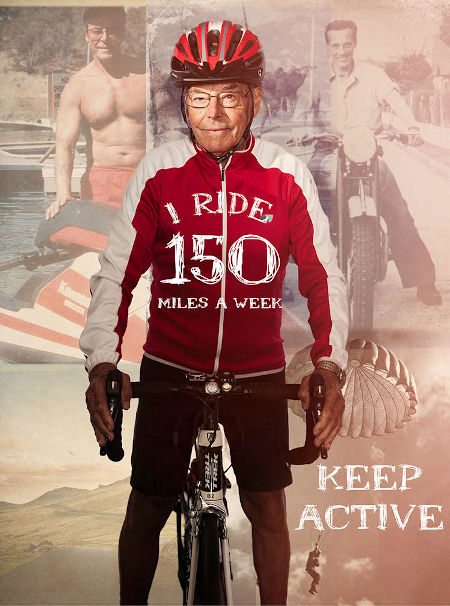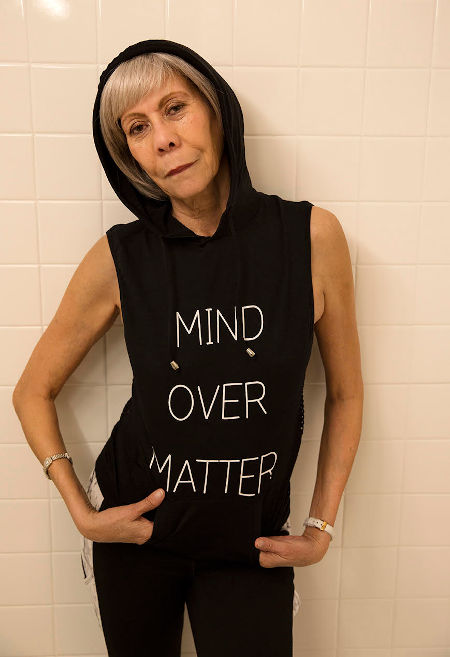By Susan Saldibar
I’ve learned something in my years swiping through pages of online stock photos. The more decent ones tend to be buried deeper in the stack. Which means a lot of time plowing through a lot of awful images to get to some not-quite-as awful.
If I sound jaded, I am. I really hate stock photos. So, after Tom Sanders shared some of the images from Senior Stock Photos (a Senior Living Foresight partner) I was thrilled to be writing about his work. And I couldn’t wait to pick his brain.
Tom’s photos are all available online, just like all those awful stock photo sites. Except they aren’t awful. They’re amazing. Tom has made a mission of photographing real people in their 70s, 80s, and older. Authenticity is key to his work. He tells me that he rarely uses models; most of his work captures people just living their lives. So, to have this level of stock photography available without having to break the bank is pretty cool.
Since no one knows the ins and outs of stock photos better than Tom, I asked him to weigh in on the brain-numbing process of selecting stock photos.
Four Things to Avoid
Here are 4 things you should be avoiding when using stock photos:
- Seniors who look too young. In other words, if the average age of your target residents is 75, they should look 75, not 50.
- Models. A model may be 70 years old, but even at that age, these are people who make a living having perfect teeth and every hair in place. The problem is that these images lack the authentic feel you need to engage with your audience.
- Artificial looking backgrounds. Nothing shouts “stock” more than snowy white backgrounds with a few fake props thrown in.
- Passive, inactive people. Your audience wants to see seniors who look active and vibrant, even if they are sitting down. They want to see people who are leading purposeful lives, regardless of age and circumstance.
How About Some Examples?
Most of the images you’ll see have at least a couple of these unwanted attributes. That’s why Tom does what he does. To better illustrate this, he shared with me a few of his photos that make the case better than anything else.



Pretty cool, right?
By the way, Tom also urges senior living marketers not to be afraid to use illustrations. He has been working with illustrators to come up with some pretty creative images. What’s great about illustration, Tom tells me, is that you can do things that you can’t with photos.
Consider Your Purpose
As for the operational side, Tom also suggests that you consider how you will be using your photos. It will dictate the best purchase arrangement to pursue with the photography vendor. He explains, “Recently I was asked if my photos are royalty-free versus rights-managed. In the case of rights-managed, you can typically have exclusive use of an image for one year and for a variety of uses; online, print, etc. While it costs more, the upside is that your competitors can’t use the same photos.” Senior Stock Photos offers both royalty-free and rights-managed contracts for his images.
But the real key, Tom says, is to seriously consider the value your images bring to your brand. How well they represent your community and how compatible they are with your messaging. The same attention you give your text content should be applied to the images you use. If not more so. “Using cheap stock photos says something about your community,” Tom says. “That you didn’t care enough about your audience to take the extra steps to find authentic, interesting images to share with them.”
So, now you have some tips on the stock images to avoid. But for those ready to break the vicious cycle, step up your game and grab the attention of your audience, have a look at Tom’s site, Senior Living Visuals. You can access the portfolio here.










